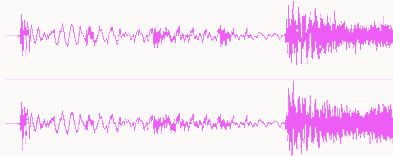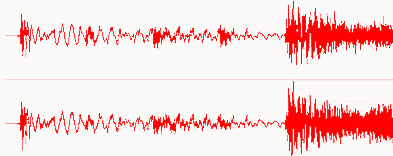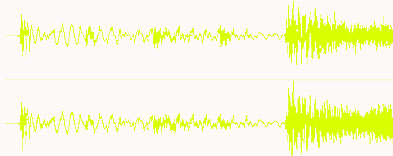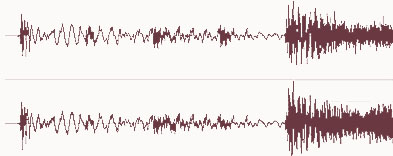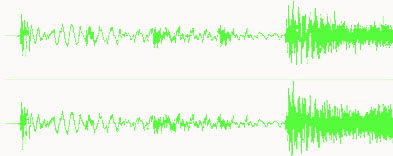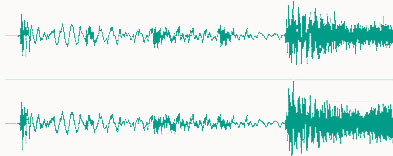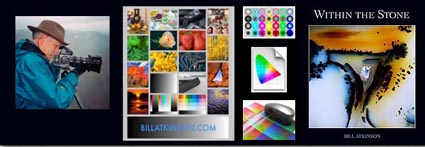Identify and Isolate the Variables
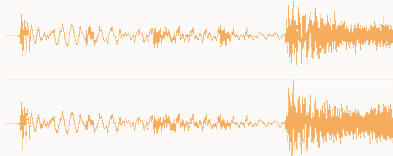
Identify and Isolate the Variables
In any situation, it helps to know what elements you’re dealing with and what each of those elements contributes to the mix. With that information you can get results you desire more predictably and exert more precise control over the process. This idea is routinely applied in scientific fields where the benefits are clear for all to see. Not solely applicable to areas that are highly technical, it is equally applicable in any creative endeavor. Being analytical is one mode (to be listed among others) of creativity. The art is in knowing when to apply it, not being limited to using it exclusively or avoiding it altogether.
Find more Creativity resources here.
Stimulate your creativity in my workshops.


